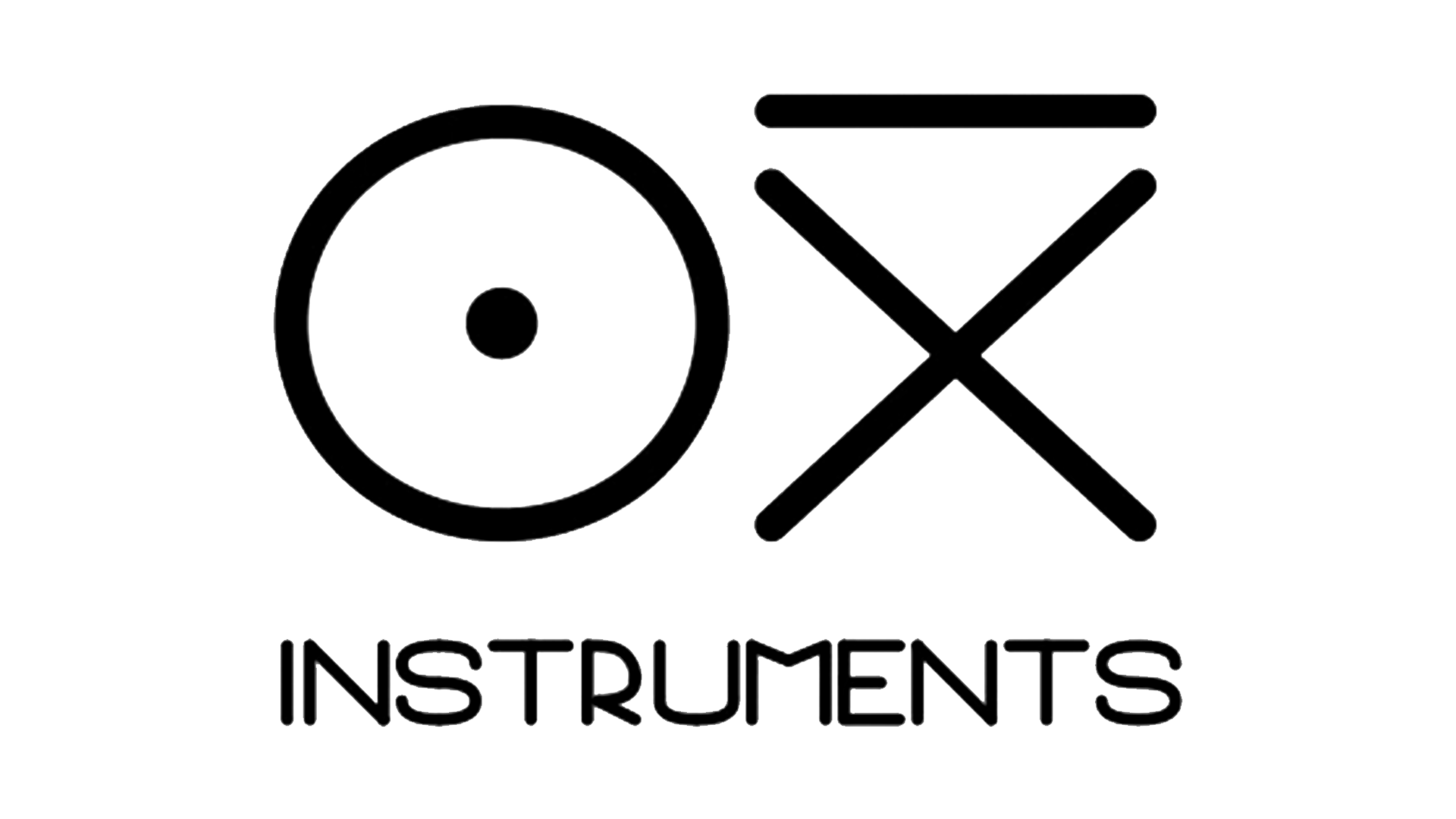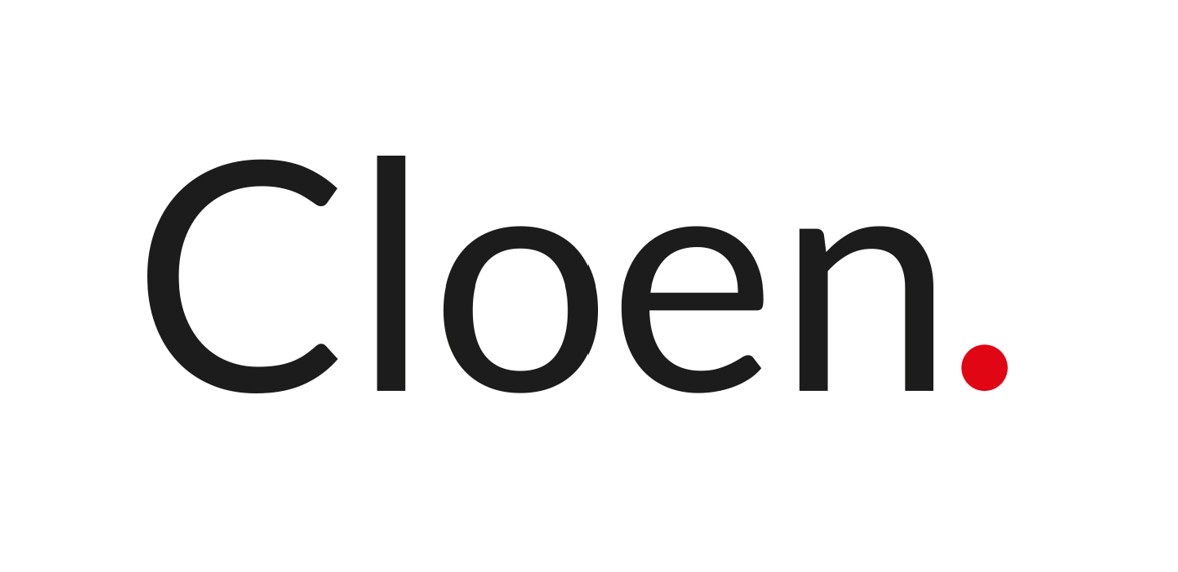EAC Certification
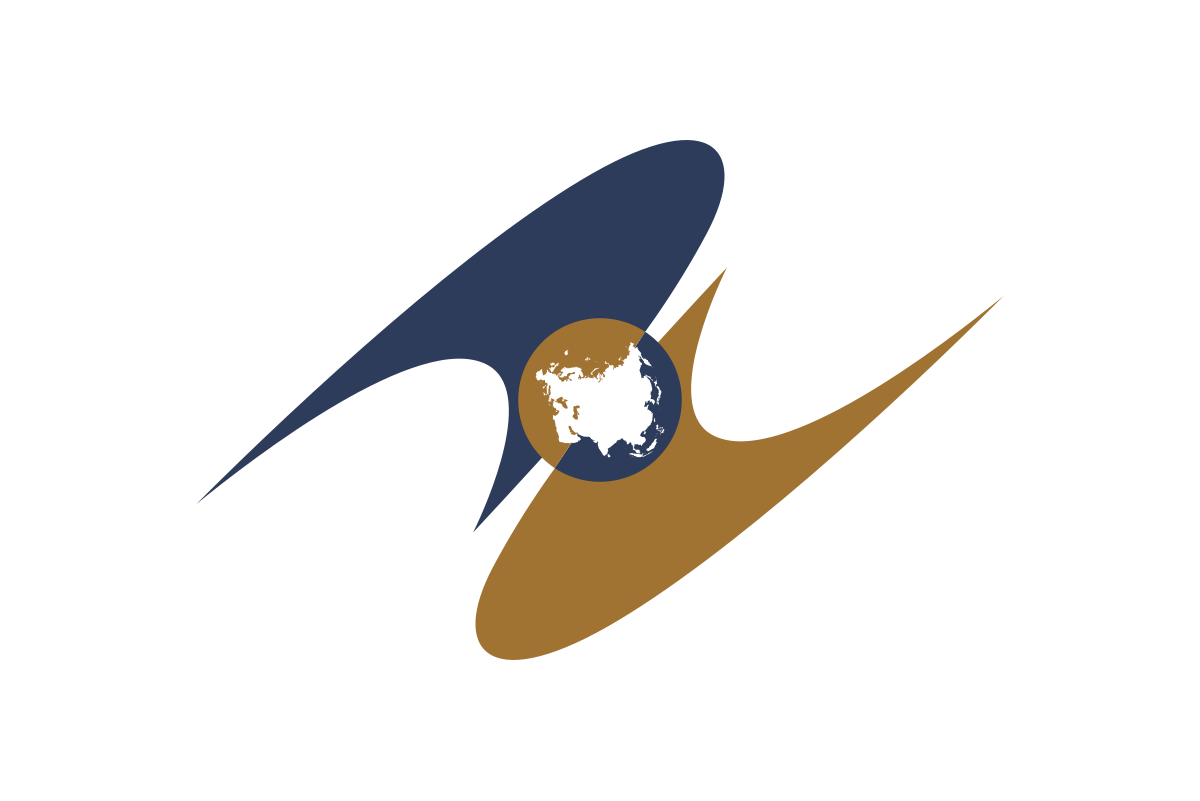
Eurasian Conformity Certification (EAC)
Comply with the Eurasian Economic Union (EAEU) EAC requirements for your products reliably and safely.
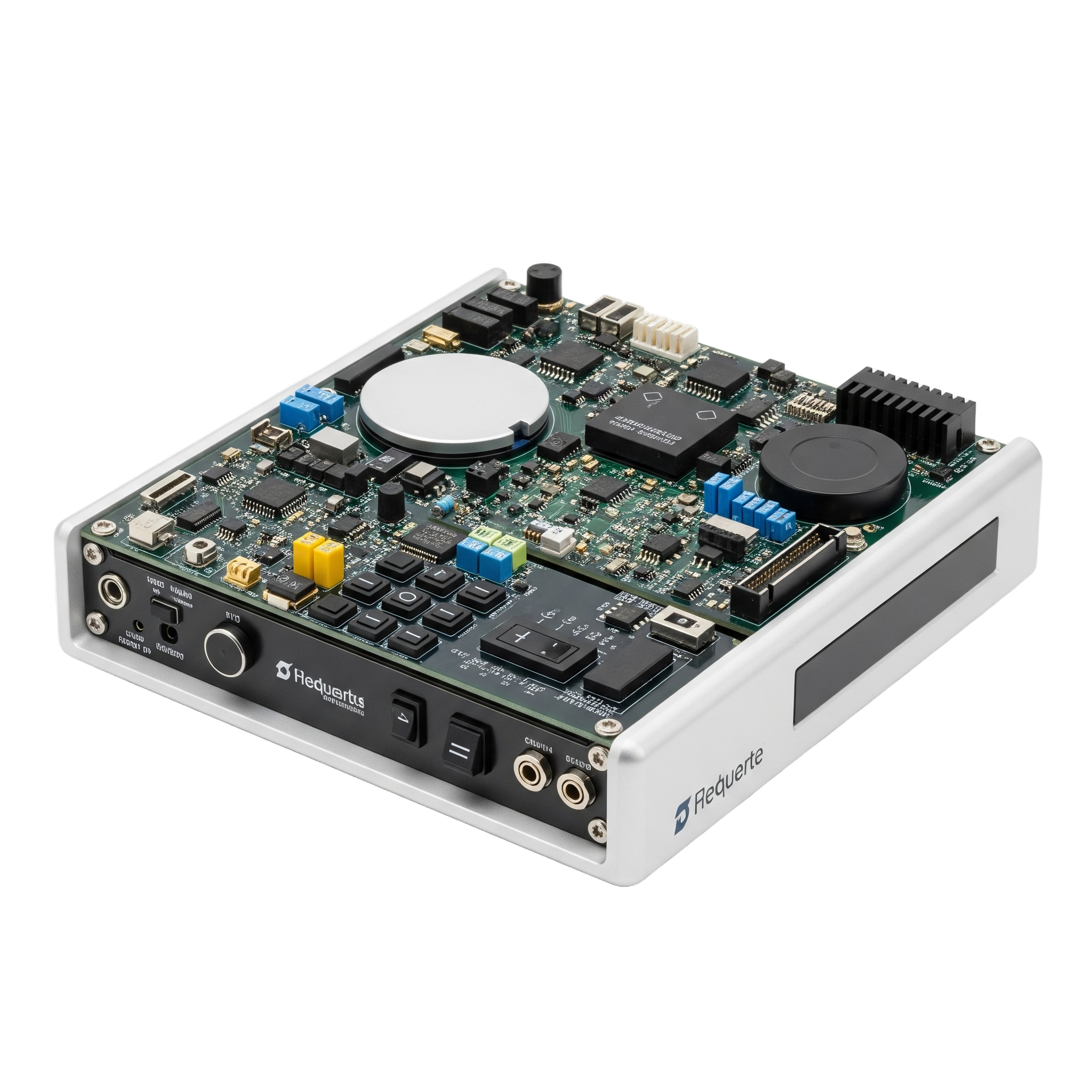
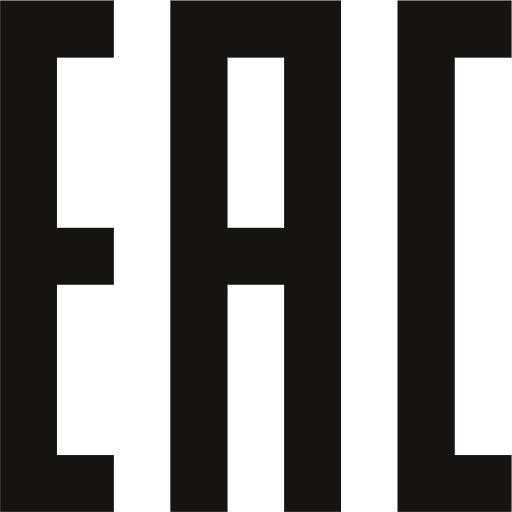
What is it about?
The EAC (Eurasian Conformity) certification is a mark demonstrating that a product complies with the Technical Regulations of the Eurasian Economic Union (EAEU)—Russia, Belarus, Kazakhstan, Armenia, and Kyrgyzstan. This mark is mandatory for most products introduced and sold in these countries.
Obtaining the EAC marking is an essential requirement for any manufacturer or importer wishing to access the Eurasian market, ensuring that their products are safe and compliant with applicable requirements, and do not pose undue risks to consumers, property, or the environment.
The EAC covers a wide range of products from multiple sectors, not just electrical and electronic ones. The application is determined by the specific Technical Regulations that cover each category. Some common examples of products requiring EAC marking include:
Electrical and electronic equipment (low voltage, electromagnetic compatibility, Eurasian RoHS).
Machinery and work equipment.
Toys and products for children and adolescents.
Textiles, footwear, and light industry products.
Personal protective equipment (PPE).
Pressure equipment and piping.
Lifts and lifting equipment.
Equipment for potentially explosive atmospheres (Ex).
Automotive and vehicle components.
Cosmetics and perfumery.
Food and feed (safety and labelling), food contact materials, and packaging.
Lighting, tools, and IT equipment.
The product classification and the applicable technical regulation will determine the type of assessment, the necessary tests, and the required documentation.
The process for obtaining the EAC mark may seem complex, but it can be summarised in the following key steps:
Identification of applicable Technical Regulations: Determine which EAEU TRs apply to your product (safety, EMC, machinery, PPE, toys, food, cosmetics, pressure, automotive, etc.).
Definition of the route and scheme: Decide between a Declaration (DoC) or Certification (CoC) and the appropriate scheme (series, batch, or single unit). Confirm if a factory audit is necessary and, where applicable, appoint a local representative.
Laboratory testing: Perform the required tests by the applicable regulation(s) in competent laboratories, following methods and standards recognised by the EAEU.
Compilation of Technical Documentation: Prepare a technical file with manuals, drawings, a list of materials, risk analysis, test reports, component certificates, and labelling and instructions (usually in Russian and/or the local language).
Registration in the unified system:
For an EAC Declaration: registration by the applicant/representative in the Unified Register.
For an EAC Certificate: issuance and registration by the accredited certification body. A registration number and validity period are obtained (typically 1–5 years for series production).
Marking and placing on the market: Affix the EAC logo to the product, packaging, and documentation, along with mandatory information (manufacturer/importer identification, model, voltage, etc.).
Monitoring and maintenance: For schemes with series certification, an annual inspection or sampling may be required. Any significant changes in design, critical components, or manufacturing location must be assessed to maintain validity.
The process for obtaining the RCM mark can be complex, but it can be summarised in the following key steps:
Identification of Applicable Standards: Determine which safety and EMC standards apply to your product.
Laboratory Testing: Perform the required tests in an accredited laboratory to verify compliance with the standards.
Compilation of Technical Documentation: Prepare a Technical File that demonstrates the product's compliance.
Supplier's Declaration of Conformity (SDoC): Issue a Supplier's Declaration of Conformity.
Registration in the EESS Database: If the product is Level 2 or 3, the Australian importer or manufacturer must register in the EESS database and register the product.
Product Labelling: Once the previous steps are completed, the RCM mark can be affixed to the product.
Requirements to consider for obtaining EAC certification
To obtain the EAC mark, the requirements established by the regulatory framework of the Eurasian Economic Union (EAEU) must be met, primarily through the Technical Regulations TR CU / TR EAEU applicable to each product category. The compliance route will depend on the scope of the TR(s) and the type of supply (series, batch, or single unit). For products that allow a Declaration of Conformity (DoC), the process is largely managed by the applicant (manufacturer or local representative if the manufacturer is not established in the EAEU), who must perform the necessary tests and compile the technical file. For products requiring a Certificate of Conformity (CoC), the route is stricter and involves the intervention of an accredited certification body, sample testing, and, for series production schemes, possible production inspections. Both declarations and certificates must be registered in the Unified Register before marketing the product in the EAEU countries.
Please note that...
The intervention of a certification body is mandatory only when the applicable TR requires certification (CoC); in cases of declaration (DoC), the registration of the declaration supported by valid tests and documentation is sufficient.
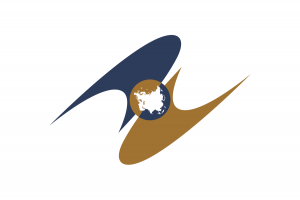

How can we achieve your EAC Certification?
We are a company specialised in conformity with extensive experience in the international product certification sector. Whether you can opt for self-certification or require third-party certification, we dedicate all our resources to ensure that you certify your products in an agile, effective, and guaranteed way.
Our services
Product Certification
Accredited Laboratory Testing
Technical Documentation
Advice and Consultancy
Avoid headaches
Let us help you and focus your energy on your business
“We can only say that they are a great team of professionals. Thanks to their rigorous work and professionalism, we were able to successfully certify the CE and FCC marking of the first version of our product, Travel Sax.”
Ramón Mañas
Odiseimusic (CEO)
“They have made possible what would have been impossible on our own, or much more costly in terms of time and money, allowing us to enter the market with all our responsibilities covered.”
Manuel Vázquez
Oxi Instruments (CEO)
“The quality of their work is excellent; they have shown a level of professionalism and dedication that exceeds our expectations. Their commitment to excellence and their client-oriented approach make them an ideal choice.”
Marcos Bruñuel
Bitbrain (QA/RA Manager)
Familiarise yourself with these basic concepts
If you are a manufacturer or an importer intending to introduce a product into the markets of the Eurasian Economic Union (EAEU), you need to know and understand a series of essential concepts.
Did you know...
The EAC (Eurasian Conformity) mark applies to products sold in the EAEU (Russia, Belarus, Kazakhstan, Armenia, and Kyrgyzstan). It covers multiple sectors: electrical and electronic equipment, machinery, toys and children's products, textiles/footwear, PPE, pressure equipment, equipment for explosive atmospheres (Ex), automotive and components, cosmetics, food and food contact materials, packaging, among others. The scope is determined by the Technical Regulations (TR CU / TR EAEU) applicable to each category.
Compliance is based on specific Technical Regulations. Common examples include:
Safety of low voltage equipment,
Electromagnetic compatibility
Toys
Light industry products (textiles/footwear)
Personal protective equipment (PPE)
Machinery
Equipment in explosive atmospheres (Ex),
Pressure equipment,
Vehicles and components
Cosmetics
Foodstuffs
Radio equipment
Each TR defines essential requirements (safety, hygiene, performance, labelling) and refers to GOST/ISO/IEC standards for test methods.
Identification of applicable TRs and exclusions.
Assessment route: Declaration (DoC) or Certification (CoC) and scheme (series, batch, single unit).
Required tests in competent laboratories according to recognised standards.
Technical file: design, bills of materials, risk analysis, test reports, labelling, and instructions (local language).
Registration in the unified system (by the applicant for DoC; by the body for CoC).
EAC marking and change control. For series certificates, there may be periodic production inspection.
A single logo for all EAEU countries. It must be placed on the product, packaging, and instructions where applicable. Requirements: visibility and legibility, symbol proportions without distortion, and, when product size does not permit, marking on packaging/documentation. It must coexist with other mandatory markings (manufacturer/importer details, warnings, sector-specific symbols).
Declaration (DoC): registered by the applicant (manufacturer or local representative). It does not require a certifying body but does need test evidence.
Certification (CoC): issued by an accredited body; includes sample testing and, for series, audit/inspection.
Scopes: series, batch, or single unit. The typical validity for series is 1–5 years depending on the TR and scheme, with possible follow-up controls.
The TRs require conformity tests with listed standards (GOST/ISO/IEC). Sampling, test conditions, and acceptance criteria are defined. In some sectors (Ex, pressure, vehicles, food/cosmetics), specific tests and additional protocols (hygiene, flammability, migration, etc.) may be required. Previous international reports can support the dossier, but their acceptance is not automatic.
It is possible to leverage certifications/documents of critical components (e.g., radio modules, Ex components, pressure valves/elements, raw materials for cosmetics or packaging). Even so, the final product must demonstrate its own conformity with the applicable TRs (integration, overall safety, labelling, and documentation).
Each TR publishes lists of standards whose use grants a presumption of conformity (GOST, GOST R, interstate standards, and ISO/IEC/EN adoptions). Appropriate test methods and criteria for the product are selected. Where no specific standard exists, technically justified equivalent methods are used.
Must include: product description and variants, drawings and BOM, manuals and labels, risk analysis, test reports, component certificates, production control procedures (if applicable), justification of standards used, and the registered declaration/certificate. Must be kept for the period required by the TR and be made available to authorities.
The instructions and safety information must be provided in Russian and/or the official language of the country of sale. They must reflect the intended use, limitations, installation/maintenance, warnings, manufacturer/importer details, and, where applicable, country-specific restrictions for radio functions or substances.
Mandatory before marketing. Must include: the EAC symbol, product/model identification, details of the manufacturer and, if applicable, the importer or representative, voltage/power or other essential characteristics, warnings, and date/batch code if required by the TR. The size of the symbol must be clearly legible; altering proportions is not allowed. The labelling must be indelible and last for the product's useful life.
For customs clearance, the registration number of the EAC Declaration or Certificate in the unified system is required. Authorities can verify its validity and scope (models, variants, factories). Significant changes in design, critical components, or production location may require an update or new assessment.
If the manufacturer is not established in an EAEU country, a local representative must be appointed. This entity acts as the applicant for registration, holds the documentation, signs declarations/contracts with bodies, and deals with authorities. It is crucial to agree on responsibilities, traceability of changes, and access to the file.
Do you have any questions?
We have compiled the most frequent ones from our clients.
It is the conformity assessment system of the Eurasian Economic Union (EAEU). It certifies that the product complies with the Technical Regulations (TR CU / TR EAEU) and is mandatory for selling in Russia, Belarus, Kazakhstan, Armenia, and Kyrgyzstan.
Yes. CE or FCC does not replace EAC. They can serve as technical evidence (test reports, risk analysis), but the EAC declaration or certificate must be issued and registered according to EAEU rules.
Most products marketed in the EAEU: electrical/electronic, machinery, toys, textiles/footwear (light industry), PPE, pressure equipment, Ex equipment, automotive, cosmetics, food and food contact materials, radio equipment, etc. It depends on the applicable TRs.
No. Depending on the TR and the risk, a Declaration (DoC) or Certification (CoC) and a scheme (series, batch, or single unit) are applied. Some schemes include a production inspection.
The DoC is registered by the applicant (manufacturer or representative) under their sole responsibility. The CoC is issued by an accredited body after testing and, if applicable, an audit/inspection. Both must be registered in the unified system.
No. The product bears the EAC logo and mandatory information (model, manufacturer, etc.). A declaration/certificate number exists, but it remains in the official register, not as a publicly printed ID like the FCC ID.
Yes. The EAC symbol must appear on the product, packaging, and/or instructions, respecting proportions and legibility. It must be accompanied by the labelling required by the TR.
The applicant. If the manufacturer is not established in the EAEU, they must appoint a local representative to assume responsibility and register the DoC/CoC.
Yes, in most cases. A DoC/CoC cannot be registered without a resident applicant.
You face a high risk of detention at customs, market withdrawal, penalties, and liability for the applicant/importer.
For series production, it is usually 1–5 years depending on the TR and scheme. Batches or single units do not have a time-based validity, but only cover that specific supply. There may be an annual inspection for series certificates.
They are conducted according to GOST/ISO/IEC standards. Reports from international laboratories can support the dossier, but their acceptance is not automatic; full or partial re-testing may be required.
Generally Russian and, where applicable, the language of the destination country within the EAEU.
It covers Russia, Belarus, Kazakhstan, Armenia, and Kyrgyzstan. It is not valid for other markets outside the EAEU.
